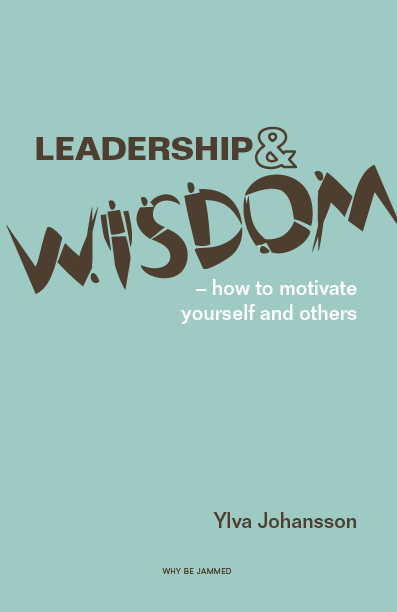Would you like to avoid changes? Would you like everything to stay the same? Probably if you dare to admit it! Your brain is programmed that way, but as we all know, “the only thing that is constant is change.” So the normal scenario is that you know there is a need to do something that is not to everybody’s liking. Or someone told you to do something that is not to everyone’s liking, which is everything! There is not a single case where everyone will like your suggestions. Even if you plan a party, there will be different opinions. So you always need to crack the code of getting everybody to at least accept what needs to be done and how. What is the secret code? You will not be surprised - it’s communication!
Here are some simple ways to present the problem you need to solve or the challenge you see in front of you, how to solve it, and how to implement the solution.
Ask questions!
Make sure you get a few different views of the problem you need to solve. You might need to change your systems, product range or organization, Or the authorities decided some new regulations.
Visualize!
Make a presentation of the current situation. Pictures always make people more engaged. When you have a couple of possible solutions - visualize them! Don’t spend too much time trying to present the perfect picture. People love to find ways to improve it. Let them! If you let others be better than you, your team will grow which will benefit the organization - and you! Win-win. It’s right to be wrong!
Good enough - decide!
When you have a solution that is good enough, it’s time to make a decision and implement it. Change is so fast that there is no time for perfect solutions if you don’t work as a brain surgeon or at a nuclear power plant.
Dare to be wrong!
If it turns out you were wrong, dare to make a new decision and change path. When you dare to admit you were wrong, more people will dare to admit they were wrong, and you will make better decisions, and implement better solutions.
If you want to be the best in your field you have to now and then go outside your comfort zone to try new solutions, walk the unknown paths, and you also need to be prepared to admit you chose the wrong path.
Good luck! Remember that there is seldom dangerous to try an unknown path even though your brain tries to make you believe it.















